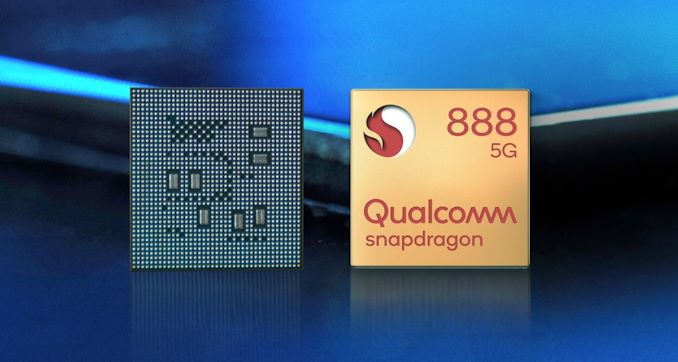The MediaTek MT6631 is a 4-in-1 connectivity chip that includes a 2.4GHz Wi-Fi/Bluetooth transceiver front end, a 5GHz Wi-Fi transceiver front end, a GPS receiver front end, and a complete FM receiver, as well as an integrated passive device (IPD) in a QFN40 package. Figure 1-1 shows a simplified block diagram and how to use the MT6631. An always-on, low-dropout regulator (ALDO) provides the supply voltage to the top control logic in the MT6631. The top-level control logic controls each subsystem independently. Each subsystem also has dedicated LDOs. A thermal sensor and a low-speed ADC (analog-to-digital converter) are provided to monitor the temperature changes of the MT6631. The MT6631 does not have its own dedicated crystal oscillator. It uses an external (possibly temperature-compensated) oscillator or a clock source from the platform's companion chip.
peculiarity
Wi-Fi/Bluetooth
Concurrent reception (co-RX) of WiFi-2.4GHz and Bluetooth for higher throughput
-WiFi-5GHz and Bluetooth Simultaneous Operation (FDD)
Wi-Fi
- Dual-band (2.4GHz and 5GHz) single-stream 802.11 a/b/g/n/ac RF with 20/40/80MHz bandwidth
- Supports global Wi-Fi 5G channels, including new bands (5925MHz) in the United States and China, as well as Bluetooth FDD operation
-Supports 802.11d/e/h/i/j/k/r/v/w and matching D-die
-Maximum integrated 2.4GHz PA 20dBm CCK output power, 5GHz PA 17dBm OFDM 54Mbps output power and 15dBm VHT80 MCS9 output power
-Typical Rx sensitivity with chip modem: -76.5dBm in 11g 54Mbps mode and 11a 54Mbps mode, and -62dBm in 11ac VHT80 MCS9 mode
-Integrated power detector to support Tx power control per pack
Built-in calibration for PVT variations
- Fully integrated synthesizer with support for multiple crystal clock frequencies
-Configurable Wi-Fi 2.4GHz PA for increased efficiency in low-power applications.
- External PA and LNA support for WiFi-2.4GHz and WiFi-5GHz.
Bluetooth
- Compliant with Bluetooth specifications v2.1+EDR, 3.0+HS and v4.1+HS - Integrated PA with 8dBm (Class 1) transmit power
-Typical Rx sensitivity of companion chip modem: GFSK -94dBm, DQPSK -93dBm, 8-DPSK -87.5dBm
-Low-power scanning function to reduce power consumption in scanning mode
Other

What is HBM (High Bandwidth Memory)?
2024.09.05

What is Antenna Tuner IC?
2024.09.20

What’s the Difference between LPDDR and DDR?
2024.09.25

Snapdragon 888 5G Mobile Platform
2024.09.26

What is WiFi 6E?
2024.09.26

What is Bluetooth Audio SoC?
2024.09.26

What's HBM3E (High Bandwidth Memory 3)?
2024.09.26

What is an Audio Codec?
2024.10.09





